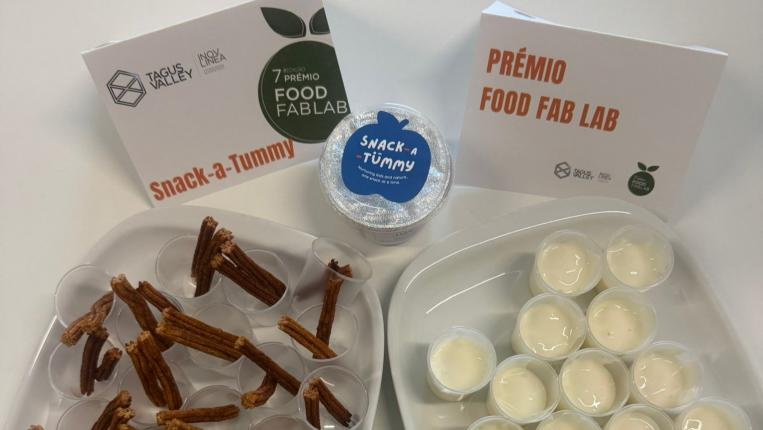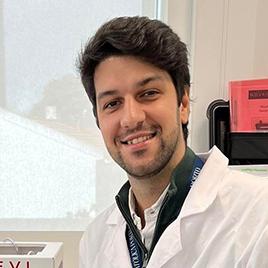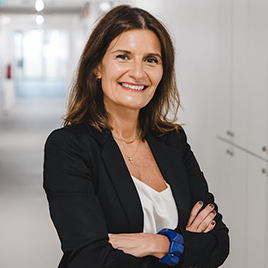Objectives and competences
- Understand the inter- and multidisciplinary aspects involved in the repair, regeneration, and/or replacement of biological tissues and/or human organs.
- Distinguish the possible cellular sources to be used based on their differentiation and expansion potential and the various approaches in different tissue engineering applications.
- Recognize the potential of bioprinting technologies in the development of 3D in vitro models of tissues/organs and human organoids and can apply this technology in specific contexts.
- Identify the technical, ethical, and regulatory challenges in the field of biofabrication as well as the potential for future developments.
Teaching Methodologies
The course is organized into 6 hours of lectures, 6 hours of tutorial guidance, 3 hours of seminars, and 15 hours of laboratory work.
Throughout the lecture classes, content is delivered through expository and questioning methodologies, allowing for active student
participation. Multimedia projections (slides/videos) are used as a teaching aid. Active methodologies are used in tutorial guidance and laboratory classes.
Syllabus
1. Introduction: Tissue engineering concept
1.1 Repair versus regeneration
1.2 Cellular and acellular approaches
Stem cells and regenerative medicine
2.1 Cellular biology, proliferation, and differentiation
2.2 Morphogenesis
2.3 Introduction to stem cell isolation and culture
2.4 In vitro tissue development
2.5 Assessment of viability, proliferation, and cellular differentiation
Bio-printing
3.1 Biomaterials and bioink design
3.2 Bio-printing technologies
3.3 Operational parameters of bio-printing
3.4 Methods for evaluating bio-printing performance
3.5 In vitro 3D models and human organoids
3.6 Translational applications and future challenges
Laboratory Classes Program
1. Preparation of a bioink and its rheological characterization
2. Processing of a scaffold using bio-printing
3. Culture of stem cells in a 3D bio-printed structure
4. Evaluation of cellular viability, proliferation, and differentiation"





